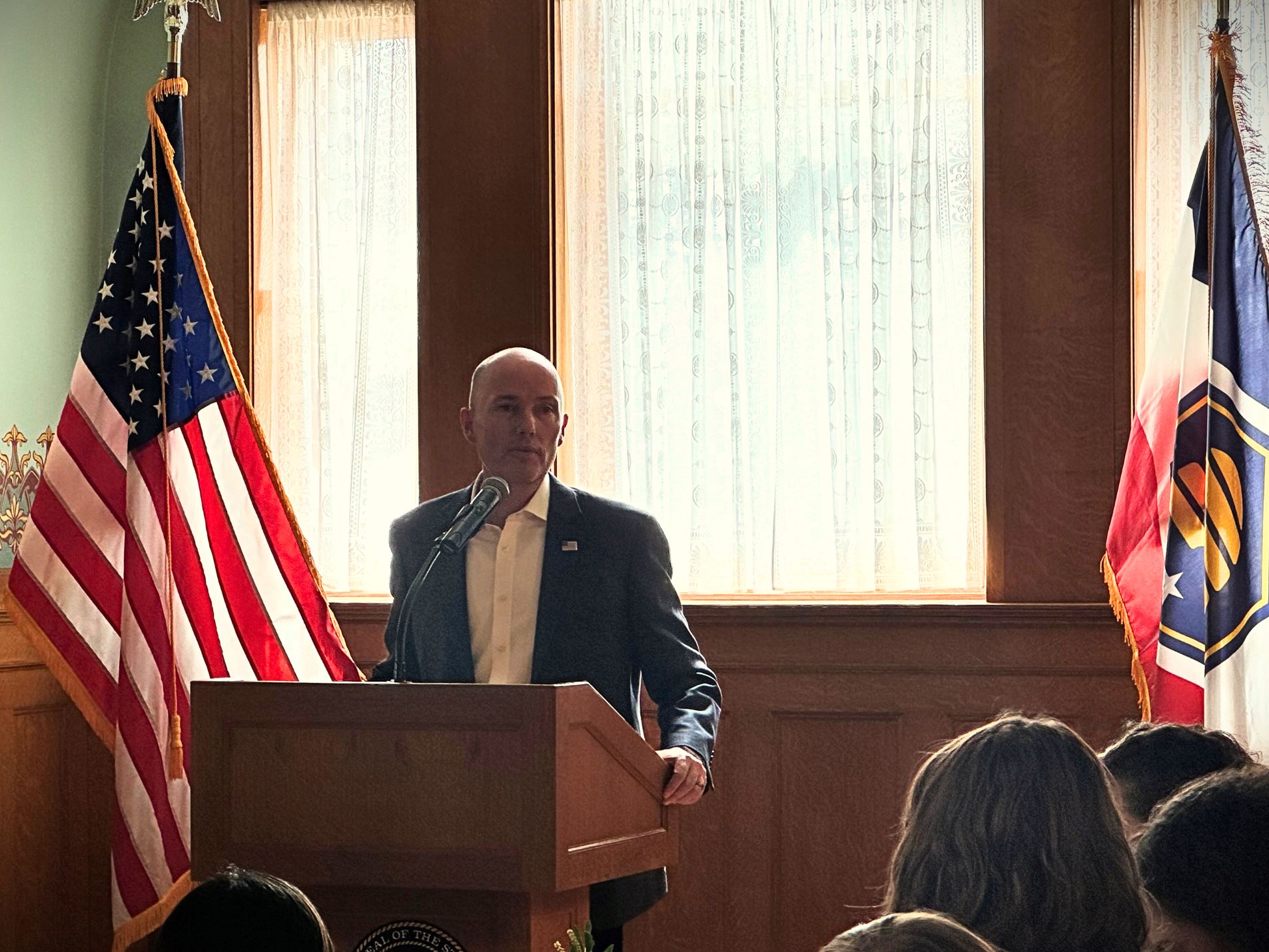Summary
States increasingly need a more highly skilled workforce to meet the requirements of businesses, keep up with a rapidly changing economy and accelerate growth that leads to economic opportunity for workers and families. As a result, governors recognize that their role is to bring together education, workforce and economic development as talent pipeline partners to better equip workers with skills businesses need. Work-based learning approaches have emerged from these partnerships as a promising strategy to address the mismatch between employer needs and the skill levels of available workers. States Continue Advancing Strategies to Scale Work-Based Learning summarizes key actions governors can take to embed work-based learning across education, workforce and economic development systems.
Introduction
Governors and other state leaders are creating an ecosystem that supports both businesses seeking skilled workers and individuals seeking new or better employment. They recognize that their role is to bring together education, workforce and economic development as talent pipeline partners to better equip workers with skills businesses need. Governors are ideally positioned to champion these partnerships, and many have already taken steps to do that.2 Work-based learning approaches have emerged from these partnerships as a promising strategy to address the mismatch between employer needs and the skill levels of available workers. These approaches connect work experiences that are of value and relevant to the sponsoring employer partners’ workforce needs—also known as authentic work experiences—with structured learning activities. The goal of work-based learning is to reinforce practical and theoretical concepts, thus better preparing trainees for the realities of the workplace while meeting the needs of businesses.
Governors can create supportive environments for talent pipeline partners to develop, strengthen and increase the number of high-quality work-based learning opportunities by embedding work-based learning approaches into state education and workforce systems. They play a leading role in overcoming barriers to the scaling process, including limited understanding of the concept, outcomes and resources that support these programs. This paper is a guide for how governors can lead the way on expanding workbased learning opportunities as part of a pathway to career advancement for youth and young adults.
Defining Work-Based Learning
Work-based learning provides students with authentic work experiences where they apply and develop employability and technical skills that support success in careers and postsecondary education. Work-based learning activities culminate in an assessment and recognition of acquired knowledge and skills.
Components of Achieving scale
The foundation for scaling— increasing opportunities for—high-quality work-based learning rests on three components: vision, measurement and sustainability. Success in each component requires interaction with and commitment from state talent pipeline partners.
- Vision
- Governors can establish a vision for scaling highquality work-based learning as a core strategy to build a talent pipeline that connects people to work. They oversee many policy areas and have the capability to connect siloed organizations and efforts in pursuit of a common goal. Governors also have the capability to embed work-based learning in state education and workforce systems by adopting a definition for highquality work-based learning, identifying programs that meet the definition and elevating the profile and importance of high-quality work-based learning.
- Measurement
- Another core component in scaling high-quality workbased learning is to measure the scale and quality of existing programs. States often find it challenging to do that because of the diversity in system ownership of programs and quality standards. However, the six policy academy states agreed that measuring workbased learning efforts helps set benchmarks and goals. The process of establishing measurement systems with stakeholders and setting expectations enabled and improved communication among partners.
- Sustainability
- To embed work-based learning in education and workforce systems and sustain those efforts throughout leadership changes, it is important that states institutionalize processes to find and scale highquality work-based learning programs. Through the process of creating a vision for work-based learning and measuring scale and quality, governors can ascertain the biggest barriers to scale and establish policies to support effective long-term strategies.
Conclusion
Governors are uniquely poised to lead their talent pipeline partners in identifying high-quality, demanddriven work-based learning programs and bringing those programs to scale. Growth of high-quality work-based learning may be slow because of limited understanding of the concept, the outcomes and the resources that can support it. By working with their economic development, education and workforce systems partners, governors can overcome these barriers and embed work-based learning across the systems. Talent pipeline partners can work together to establish and share a vision for access to workbased learning in their state, measure progress in scale and quality and support policy change and alignment of funding to sustain their progress. The support of these talent pipeline partners in improving access to work-based learning opportunities will ultimately create a more competitive labor market for businesses, a stronger economy in the state and a pathway to career advancement for youth and young adults.












